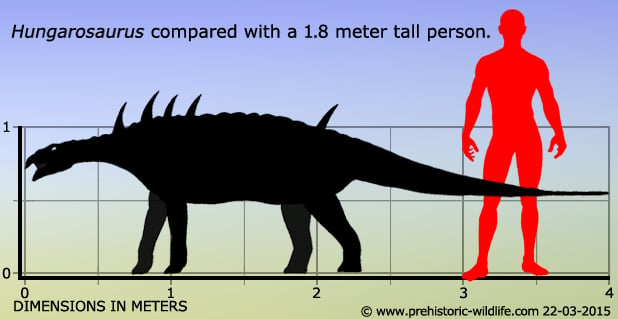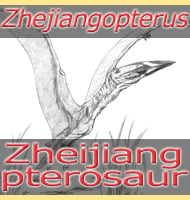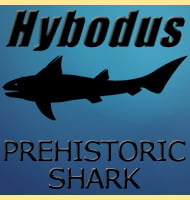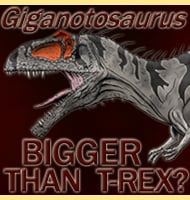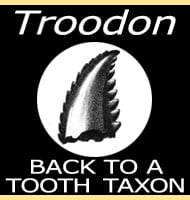In Depth
Several hundred bones from an estimated four individuals have been attributed to this genus, and together they make up the best represented European genus of nodosaurid dinosaur. Like its nodosaurid relatives, Hungarosaurus was an armoured quadrupedal dinosaur that would have browsed upon low growing vegetation. The armour would have been an arrangement of bony plates called osteoderms (also called scutes) that would have connected together to form a tough covering across the back and flanks of the body. As a nodosaurid however, Hungarosaurus probably lacked a bony club on the end of it tail, which is a common feature seen in ankylosaurids, another group of armoured dinosaurs very closely related (and probably descended from) to the nodosaurids.
Study of the fossil bearing formation that Hungarosaurus has been discovered in indicates that this genus lived in a low lying floodplain, an area where the rich fertile soil would allow for the growth of a readily available supply of low growing vegetation. The fact that the remains of four individuals were found close together may indicate that Hungarosaurus, and possibly other nodosaurids, lived in groups. An alternative is that the four may have drowned and been washed together during a flood, something quite likely given the floodplain ecosystem where they seem to have lived, however this does not adequately disprove the group living theory in its entirety.
Further Reading
- Hungarosaurus tormai, a new ankylosaur (Dinosauria) from the Upper Cretaceous of Hungary. – Journal of Vertebrate Paleontology ’25 (2): 370-383. – Atilla Ősi - 2005. – Sympatry of two ankylosaurs (Hungarosaurus and cf. Struthiosaurus) in the Santonian of Hungary. – Cretaceous Research 44: 58-63. – Atilla Ősi, & E. Prondvai – 2013.
